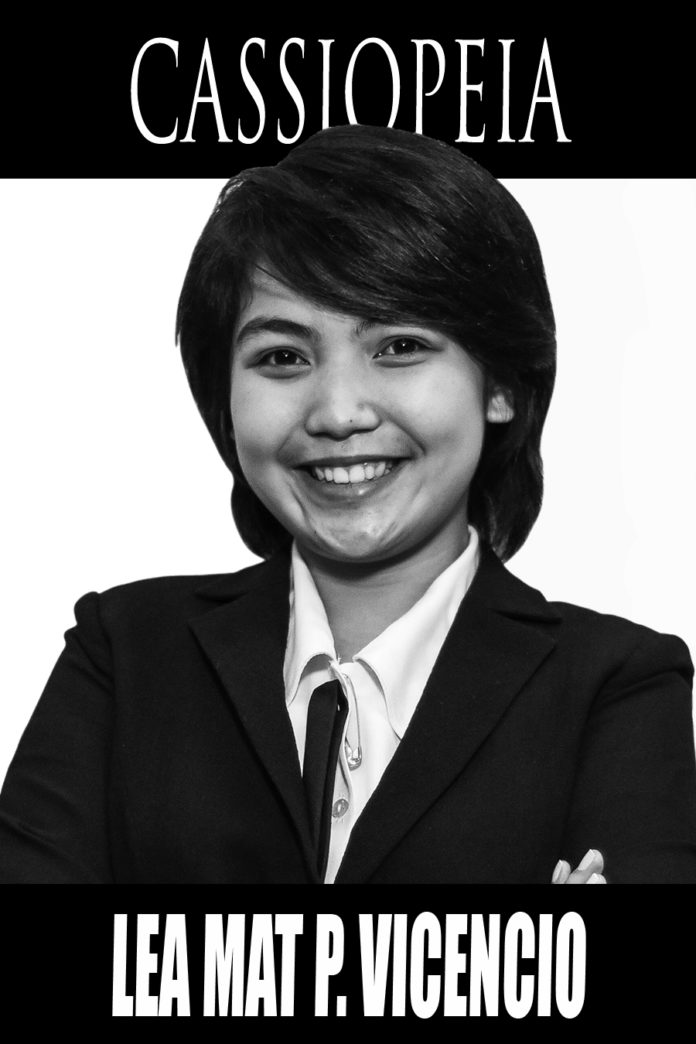THE POOR implementation of laws addressing children in conflict with the law (CICL) and children at risk (CAR) leads to the overwhelmingly big number of the youth to be exploited by adults to commit crimes.
Along the streets around the University, a lot of vulnerable youth roam in ragged clothes with their palms stretched to ask for food or money. And while it is stated in our charter, particularly in Presidential Decree 1563 or Anti-Mendicancy Law, that panlilimos is prohibited, apparently, most Filipinos are ignorant about it because of poor implementation of laws.
Republic Act No. 9344 or the Juvenile Justice and Welfare Act of 2006 follows the international law as prescribed in the United Nations Children’s Fund (UNICEF); the law mandates a restorative juvenile justice system for the CICL and CAR.
Debunking the punitive approach, the comprehensive juvenile justice law shall provide inclusive tailored-fit intervention and diversion programs in order to reintegrate the child back to the community.
Children’s Rights counsel of the Human Rights Watch Michael Bochenek said there are crimes done by juvenile delinquents that face charges and sentences that are “disproportionate” to what has been committed, thus violating the international law on juvenile justice system.
The Juvenile Justice Welfare Council attributed these accounts of criminality by youth to the prevalence of poverty—the socioeconomic profile of the vulnerable youth as a factor pressuring them to not abide the laws.
In a report by the Philippine National Police in 2015, an overwhelming 60 percent of crimes committed by minors are attributed to crimes against property—theft and robbery are among the prevalent crimes.
Thirty-six percent, however, constitutes crimes against persons (i.e. rape, murder, homicide).
According to UNICEF, the fundamental goal of a juvenile justice system is to reintegrate the vulnerable children back to the community. However, there is a need for a holistic effort among the parties involved: the child, the offended, and the community itself.
Government sectors, particularly the Department of Social Welfare and Development and the local government units involved in juvenile delinquents’ issues, should come up with inclusive, comprehensive and tailored-fit programs, personalized for every child at risk and in conflict with the law.
But it can be inferred that the current administration’s focus in addressing the issue of juvenile criminality is not on the intervention and diversion programs. Rather, President Rodrigo Duterte aims to lower crime liability age from 15 to nine. After all, these children are already capable to think with common sense under their noses and in their heads, are they not?
House Speaker Pantaleon Alvarez filed a bill proposing to lower the crime liability age earlier this year, and Duterte with the strong and stern fist in ending the bloody narco-war wants to put into actualization Alvarez’s bill.
Drug syndicates are tapping on children and minors to be drug couriers. This may be a preventive action for the vulnerable children to be involved in crimes, particularly those which involve illegal drugs.
It is much worse than exploiting children to scout the streets to beg for money. Utilizing the vulnerable youth to take part in the rampant and bloody drug war is as detrimental as poisoning our own society.
Alvarez’s bill is a repressive and punitive act that sets the Philippine juvenile justice system backwards. Some lawmakers who are against lowering the crime liability age even consider this a breach to the anti-child policy.
Diversion and intervention programs should be tailored-fit for the CICL. A restorative approach should instill accountability not only to the child, but as well competency development reintegration.
The community and the offended should also take part in reintegrating the vulnerable youth back to the society.
















